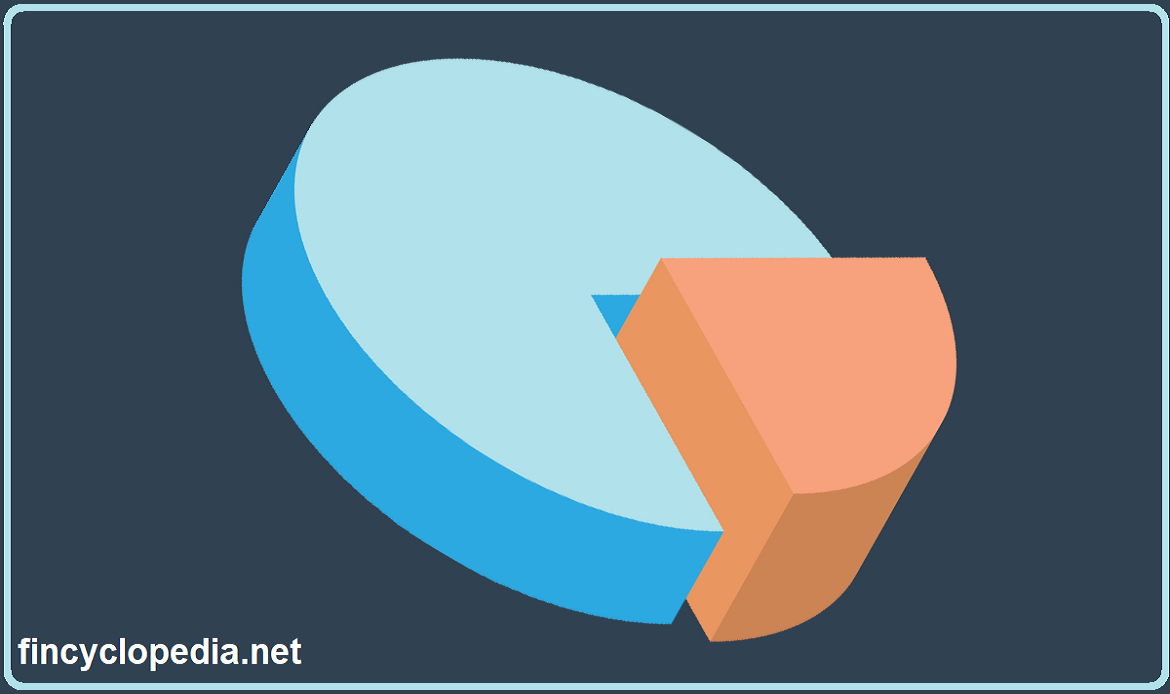Second to cash, cash equivalents are the most liquid current assets as presented on an entity’s balance sheet (statement of financial position). Cash equivalents consist of other liquid and very liquid items such as commercial paper, Treasury bills, and short-term government bonds).
Cash equivalents are very similar to cash. However, classification as a cash equivalent depends on an item being readily convertible into a certain amount of cash, and that, for assets with maturity, it has a remaining life very close to its maturity date so its face value will incur no significant changes due to changes in the broader economic environment (e.g., changes in interest rates over the remaining span of time between the time of classification and maturity date).
Along with cash, and as a line item on balance sheet, cash equivalents are presented as a current asset and hence is increased on the debit side and decreased on the credit side.







